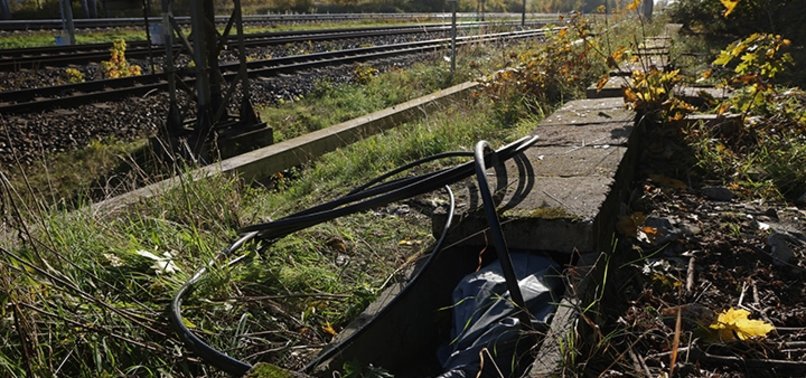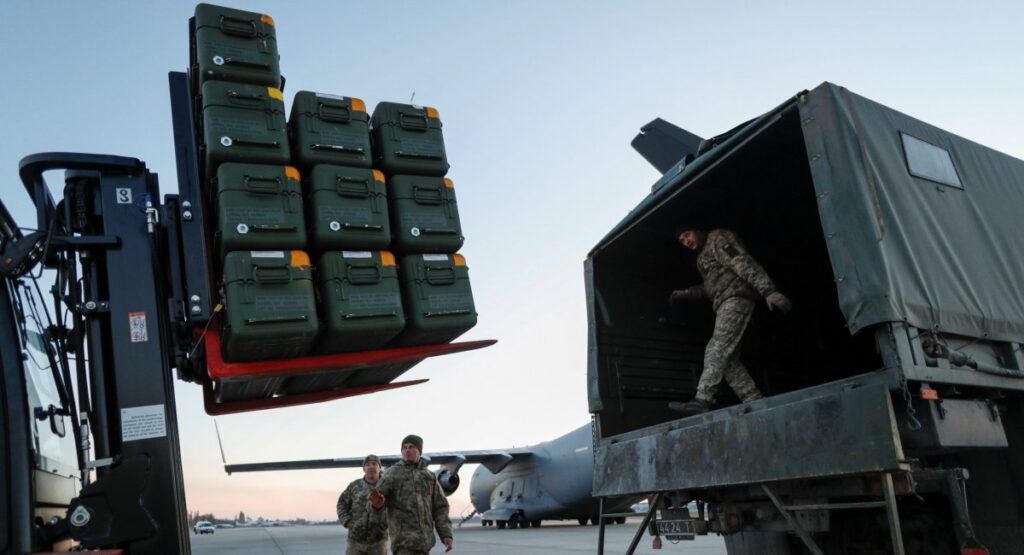Russia makes active efforts to sabotage European railways by hacking their signaling systems, as statements by European officials and study of the targets of Russian attacks prove. Martin Kupka, Czech Minister of Transport, highlighted the trend of attacks on railways in Europe. Kupka said that Russia has made “thousands of attempts to undermine the European railways” since the start of a full-scale war.
Russia is taking steps to undermine Europe, with its wide cyber potential used to attack civilian infrastructure. That threatens both freight and passenger traffic.
The fact that railway attacks coincided with NATO’s findings on railway’s major role in logistics, is worrying, as railway is the fastest and most efficient way to transport large amount of military equipment and vehicles from one country to another, without blocking the roads. The threat comes from both direct sabotage of railway transport links and logistical hurdles to transportation, with intelligence capacity and political influence used (such as orchestrated protests and strikes at transport hubs). France faced those challenges when deploying its militaries to lead NATO’s new combat group in Romania. French tanks, already loaded on trains and ready to be transported across the continent, were stopped at the German border because of paperwork issues. This means that quick response to threats is the priority for ensuring NATO defense capability. We share the French command’s view that credible deterrence will not be possible with Russia capable of disrupting the movement of the brigade, owing to tank delays at the border.

More on this story: Mock far-left sabotage to threaten Europe
NATO’s top commanders share this view as well, as they know they will have to rush over to move up to 500,000 troops to the NATO’s easternmost borders at the first sign of Russia’s aggression. These risks come today from Germany, Hungary, Slovakia, and Poland, where the Kremlin’s influence agents have proved to be powerful enough to block borders and transport links.
With railroads playing a key role in logistics, troops movement in Europe practically faces challenging bureaucracy and unstable infrastructure, as nations with strong Russian economic and political presence become a major hurdle.
The reason for that was the policy by the West, after the end of the Cold War, which focused on rejecting everything that had been planned and worked out during the Cold War, regarding Russia as a possible partner, not seeking to expand.
With civilian and commercial vehicles moving freely within the Schengen area of the European Union, the regime is not the same for the military. Customs clearance of tanks and artillery howitzers imported into Germany, a key point of European defense due to its central geographic location, usually takes three to four weeks, in contrast to several days in other countries. That is unacceptable and threatens the general safety of the region. Russia is also aware that European railways are facing a lack of the right rolling stock. Deutsche Bahn, e.g., is capable of transporting only two armored brigades simultaneously, as they typically consist of some 85 tanks and hundreds of armored vehicles. That also threatens U.S. logistics capability for unloading military equipment in the Dutch port of Rotterdam.

More on this story: Kremlin to use Germany for EU breakup
There is a priority need, therefore, to ensure NATO’s ability to cope with expanded security plans: to form a range of corridors that will move troops and tanks to its easternmost borders quickly enough to counter any threat coming from Russia. There is also a need to develop new regulations for military goods movement in Europe, to achieve NATO’s objectives. We currently maintain a high level of threat to European rail network, as Russia’s sabotage and cyberattacks are likely to hit major infrastructure facilities and influence political decisions to complicate the transport support of NATO defense.





